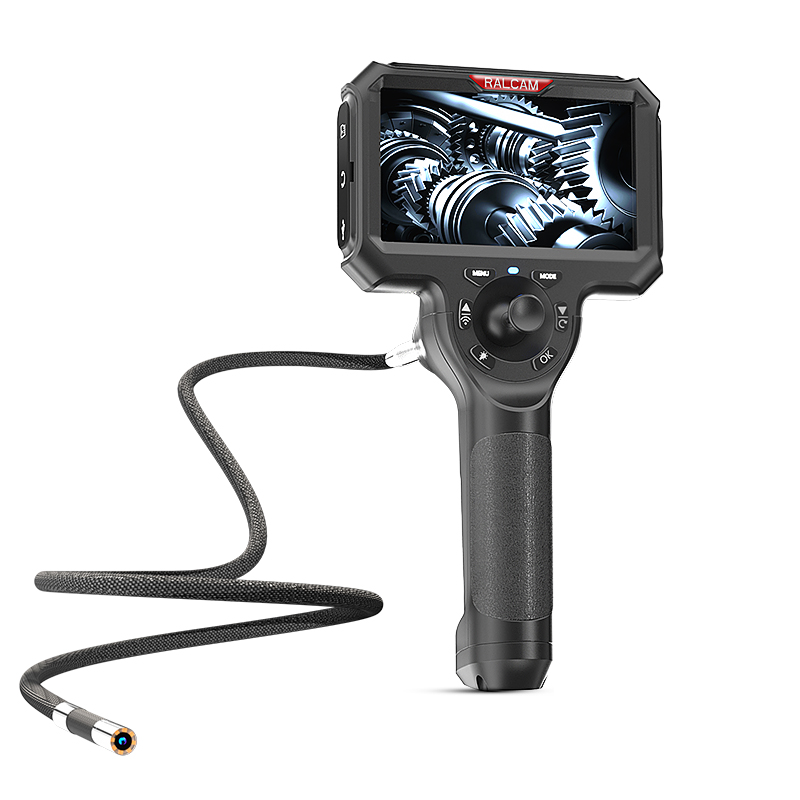 Susan
Susan  2025-11-29
2025-11-29

Finding the right tool for a job is often a job unto itself. When you’ve got the right set of tools for a task, the chore is completed quickly and easily, while the wrong tools can lead to hit-or-miss results. If you’re new to the wonderful world of borescope inspection cameras, it can be hard to know which one is right for your job, but a little research can go a long way in clarifying your options.
It helps to start with a basic understanding of terminology.
An “Inspection camera” is an all-purpose term for a tool used to scope out the internal workings of out-of-the-way spaces. Also known as a borescope inspection camera, it’s used by plumbers, HVAC workers, manufacturing professionals, and those in the aerospace industry.
You may also have heard of fiberscopes, which are flexible borescopes that use fiber optic cables to project an image from the tip of the probe back to the eyepiece.
Videoscopes accomplish something similar, sending a captured image to the camera control unit. Digital files of the inspection process are available to save and share thanks to the latest in videoscope technology.
Now that you’ve got the fundamentals down, let’s dive into more specifics:
An articulating borescope is a flexible visual inspection tool. If you’ve got a tight space with curved walls, twisting passages, and complex piping, you’ll want one of these. Unlike other kinds of borescopes, the tips of articulating borescopes can be maneuvered up, down, to the left, and to the right. Two-way articulation provides simple options for navigation, while four-way versions allow operators total freedom in navigating tubing, channels, and pipes. There are articulating borescopes available between 3mm and 8mm, with various working lengths, tip angulations, resolutions, and constructions. There’s no job that can’t benefit from the use of an articulating borescope, and it’s especially popular with auto mechanics, aerospace industry professionals, and plumbers.
When you don’t need to move the angle of the camera mid-inspection, a non-articulating borescope can get the task done. The difference lies in the makeup of the insertion tube. Articulating borescopes feature steel wires for maximum flexibility and movement. Non-articulating versions don’t contain steel wires in the insertion tube. This results in a slightly easier assembly process and, generally speaking, a lower cost.
Whether you need articulation capabilities or not, you might look into video borescopes to assist in the inspection process.


